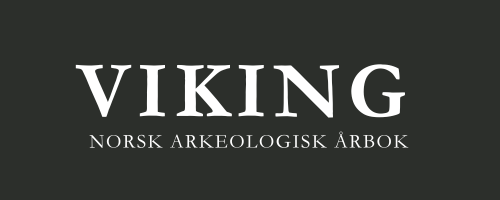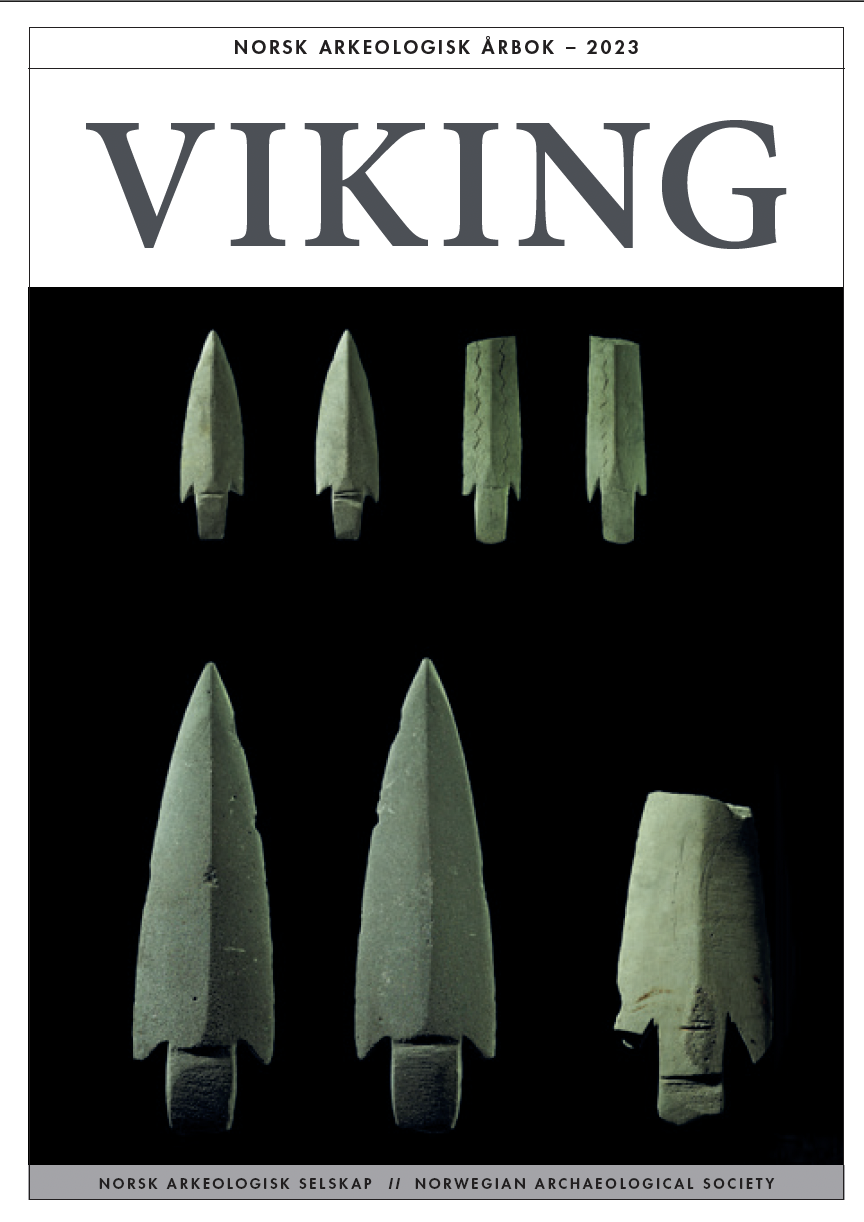The enigmatic and versatile cupmark - cupmark sites as boundary and property markers in Iron Age Rogaland
DOI:
https://doi.org/10.5617/viking.10581Abstract
This article focuses on the various uses of cupmarks in Iron Age Rogaland. While in the Bronze Age cupmarks are associated with communal activity and were used in connection with rituals, Iron Age usage shifts towards the family and clan. They are cut into exposed bedrock, boulders and loose stones. Within the farm's infield, they can appear in the house itself, at the edge of fields, in fence systems and in cairns. In these contexts, the cupmarks can be interpreted as The Evil Eye, protecting the farm and acting as a deterrent to intruders. In some cases, their strength is reinforced with several parallel rows of marks. There are also simple rows that may indicate property boundaries between different farms and common areas. These are often found on the border between infield and outfield. Cupmarks at coastal sites may have warned outsiders against trespassing on private land.
Downloads
Published
Issue
Section
License
Copyright (c) 2023 Viking

This work is licensed under a Creative Commons Attribution-NonCommercial-NoDerivatives 4.0 International License.
Fra og med årgang 2016 er innhold i tidsskriftet Viking - dersom ikke annet er uttrykt - lisensiert gjennom Creative Commons Lisens BY-NC-ND-4.0. Dette betyr at innhold kan kopieres, distribueres og spres i hvilket som helst medium eller format, så lenge disse vilkårene er fulgt.



